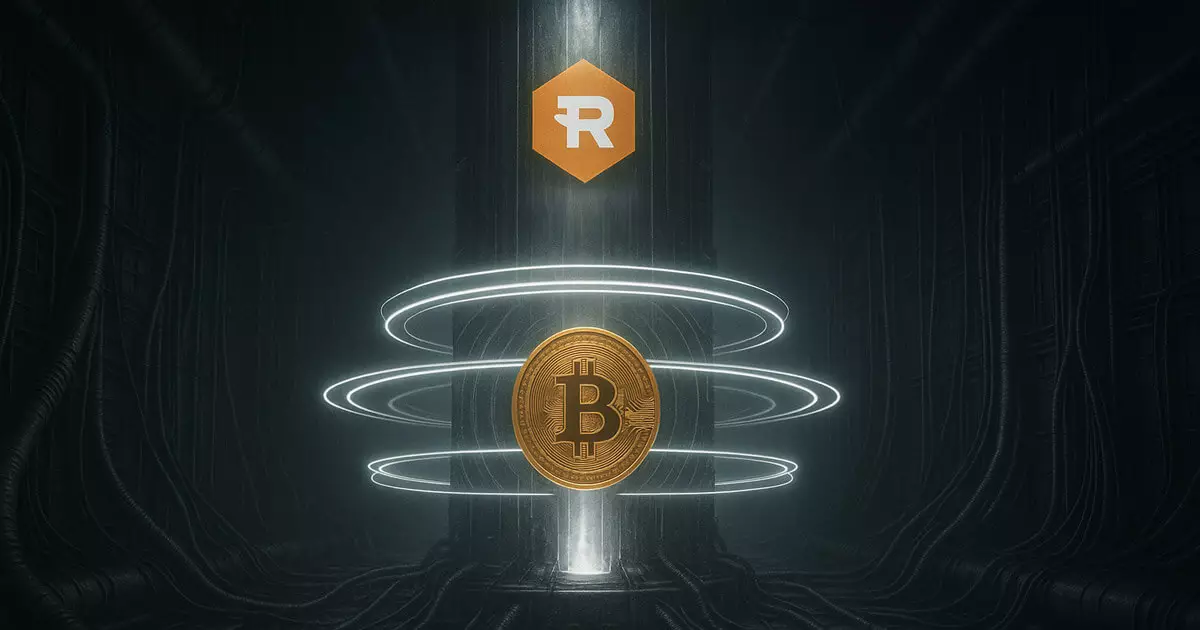In an audacious maneuver, Bitcoin miner Riot Platforms has secured a staggering $100 million credit line with Coinbase, leveraging its substantial Bitcoin holdings as collateral. This decision encapsulates a pivotal shift in how blockchain companies can utilize their digital assets.Notorious for its highly volatile nature, the cryptocurrency market is rife with both opportunity and peril, and Riot seems to be betting heavily on its Bitcoin treasure trove, currently valued at approximately $1.8 billion. CEO Jason Les insists that this financial move won’t dilute stockholder equity and serves the dual purpose of funding expansion as well as reinforcing the company’s cash flow. The structured approach to accessing this $100 million over two months may appear prudent, yet it also manifests the looming shadows of uncertainty that the industry currently grapples with.
The Struggles in the Mining Landscape
However, Riot’s optimism should not overshadow the grim realities facing the Bitcoin mining sector. A recent Bitwise report paints a dire picture, revealing significant hurdles such as elevated U.S. tariffs on imported mining equipment, which have crept up to intolerable rates of 24% to 46%. Such tariffs have not only inflated operational costs but have also diminished profit margins, leaving miners in a precarious financial position. As the stakes rise, the difficulty level in mining also hits record highs—an intimidating trend that becomes glaringly evident when we look at the hash price, which has plummeted to around $48, starkly down from $60 earlier this year. The declining hash price juxtaposes the purported viability of such massive financial undertakings.
The Evolution of Investor Interest
Furthermore, investor focus is clearly shifting toward more user-friendly alternatives for cryptocurrency exposure such as Bitcoin exchange-traded funds (ETFs) and corporate treasury management firms. The convenience and simplicity these options present—along with the growing popularity of investments in Bitcoin ETFs—distract potential investors from the more complex and often opaque mining sector. It raises the critical question: is Riot’s $100 million credit agreement merely a stopgap fix for a company struggling to adapt to seismic market changes?
Riot’s decision to lean on its Bitcoin reserves may signify a masterstroke in capital management, yet it simultaneously raises concerns about the long-term viability of such a strategy. By tying up resources in a volatile collateral asset, Riot may find itself at a crossroads. Will such financial innovation cultivate more stable growth, or will it backfire, leaving investors grappling once more with a deflationary asset?
The coming year will undoubtedly be crucial for Riot Platforms. As it ventures deeper into the credit space while the mining industry writhes under external pressures, the balance between risk and reward has never been more precarious.

